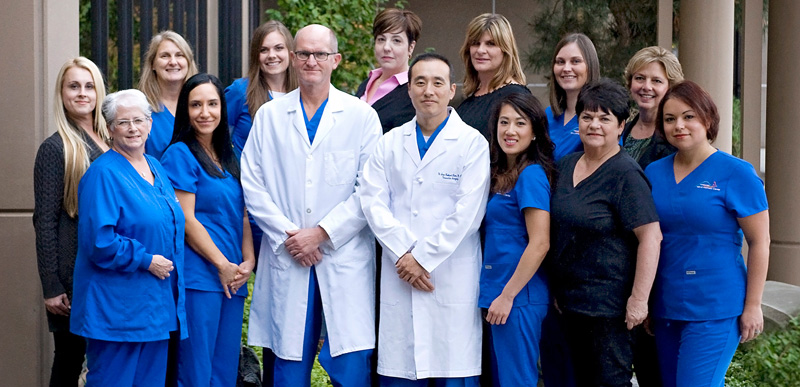
Until they experience cosmetic issues or discomfort, most people are unaware that they suffer from chronic venous insufficiency. Knowing the basics of this progressive disorder can help patients decide when to see a vein doctor and understand how to manage the condition long-term.
Causes and Symptoms
The purpose of veins is transporting blood from internal organs and extremities back to the heart. One-way valves in each vein help this flow withstand the pull of gravity and prevent blood from falling backward. With the passing of years or as the result of injury, these valves sometimes become defective.
When a valve malfunctions, blood flows backward and pools behind it. This eventually creates chronic venous insufficiency, according to Medline Plus. As the pool expands, varicose veins or spider veins sometimes form.
Discomfort sends some patients to see vein doctors, also known as vascular surgeons, even before they notice the presence of varicose or spider veins.
A number of factors potentially contribute to chronic venous insufficiency. The most common, as reported by The University of Chicago Medicine, include:
- Smoking
- Lack of physical activity
- Blood clot in a deep vein
- Phlebitis
- Genetics
- Prior leg trauma
- Pregnancy
- Extra weight
- High blood pressure in leg veins over an extended period
- Prolonged sitting or standing
Among patients who visit a vein clinic for vein treatment, these are the most frequent symptoms, according to the Cleveland Clinic:
- Swelling
- Weakness in a leg
- Skin ulcers
- Burning, throbbing, or aching in the feet and legs
- Cramping
- Discoloration of the skin
- Spider or varicose veins
How Vascular Surgeons Treat Chronic Venous Insufficiency
Venous insufficiency is a progressive disorder. If a consultation at a vein clinic results in this diagnosis, it is sometimes possible to prevent the condition from worsening with the appropriate type of vein treatment. Vein doctors often recommend self-care changes like losing weight, boosting physical activity, giving up smoking, wearing compression stockings, and avoiding long periods of standing or sitting.
If the disorder progresses in spite of a patient’s efforts, a vascular specialist can recommend additional treatments appropriate for severe cases, says MedlinePlus. They include:
- Medication: Includes diuretics, blood thinners, and drugs to improve blood flow, sometimes used in conjunction with compression therapy
- Sclerotherapy: Involves using a fine needle to inject a chemical into a targeted vein, causing it to scar, close, and disappear
- Ablation: Uses heat to close and destroy a vessel, typically employing the Venefit procedure, formerly called VNUS Closure
- Bypass: Reroutes blood via surgery so that it goes around a blocked or damaged vein
- Angioplasty and stenting: Opens a narrowed or obstructed vessel using a small balloon and inserts a metal mesh stent to keep it open
Since no treatment can prevent the formation of new varicose or spider veins, some patients return for periodic treatments.
